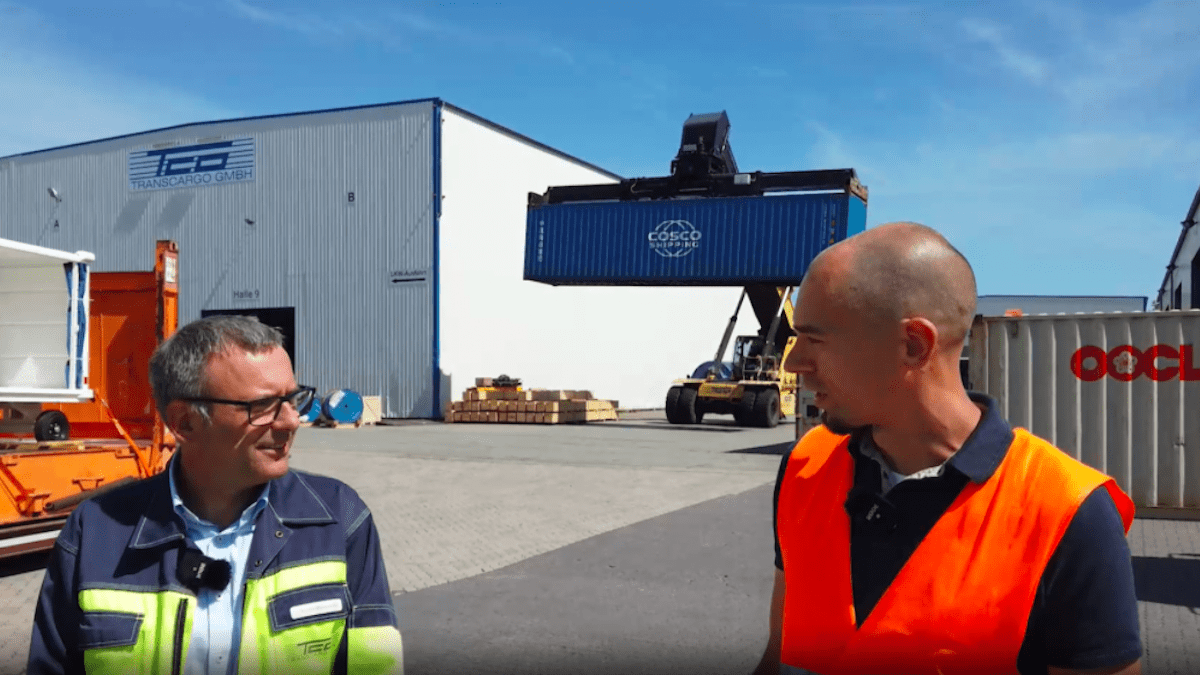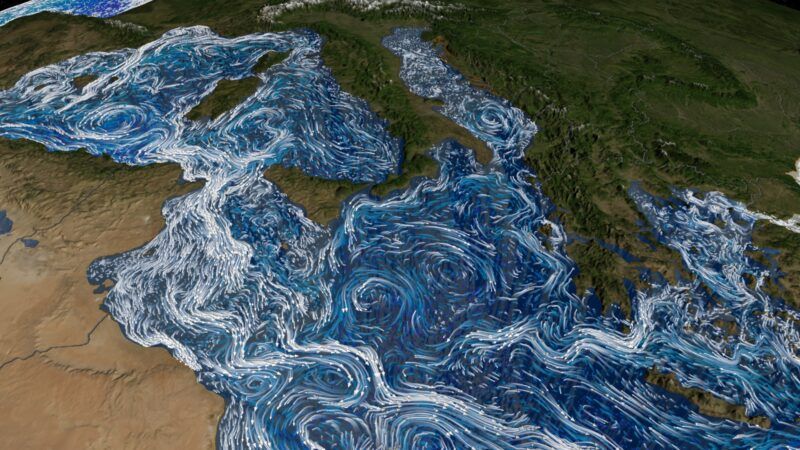During the most critical weeks of the pandemic, the Port of Barcelona used a replica of its control tower to not interrupt vessel traffic and ensure that, in case of infection, there would always be personnel available in the tower to not slow down the port’s activity.
Real-time information did not stop either thanks to the data exchange language JSON (JavaScript Object Notation) and, although some operational delays were registered due to disinfection and cleaning protocols, the accessibility and transparency of ships, trucks and trains traffic running through the facilities was available on three websites, something which increased the confidence in the Port Authority.
The information on container traffic shared with importers and exporters in Portic, the port’s community system, as well as the exchange of data with the port community was crucial to ensure the port's activity.

To offer the best possible experience during remote working, the Port of Antwerp implemented the use of video conferencing with Virtual and Augmented Reality technologies to provide a more real and immersive interaction between workers. They also used tools to prevent cybercrime, since they detected several hacking attempts the first weeks teleworking was established.
Finally, to serve citizens, the Port of Los Angeles responded to the pandemic by developing the Medical Optimizer, a data system that supported the city's logistics, linking suppliers of medical products related to COVID- 19 with the teams and organizations that required them, associating medical inventory systems with the information systems of the city and the port.
In addition, its Port Pilots application, developed before the sanitary crisis, became an effective tool to comply with safety distance recommendations, since it assigned tasks to the pilots remotely, facilitating staff rotations, schedules and other relevant information.
The strategic challenges faced by the ports
Based on the SWOT methodology, the experience of ports during the COVID-19 crisis is divided into several fields collected in the ChainPORT manual, where each of the five ports are cited. These are the main ones:
- Employee safety
Digital solutions and the use of collaborative platforms and tools made teleworking easier, allowing employees to work safely. It also allowed port routines to carry on thanks to the remote control of activities.
- Digital twins and drones
While confinement lasted, access to the port facilities was restricted. Digital twins made 3D tracking possible without the need for personnel to be physically present.
- Open data sharing
Shared learning is the most positive outcome derived from a crisis, as innovation and best practices can foster the development of new solutions.
- Fast-tracking critical supplies: from dock to market
Logistics play a frontline role in emergency response. Demonstrated leadership among ports during the pandemic included acting as coordinating bodies for the supply of critical cargo or implementing tech-based fast-track solutions.

The importance of smart ports
The COVID-19 pandemic has created a “sense of urgency” that should be viewed as an opportunity to promote and accelerate the digital transformation of ports. Looking beyond its essential role during this crisis, digitalization streamlines logistics processes between various actors, leading to cost reduction, a better experience, and solid business continuity.
In this sense, as demonstrated by the five ports analyzed in the ChainPORT Playbook, smart ports had a key role and reacted better when it came to ensuring supply and promoting the use of technologies and safe practices during the pandemic.
This year's Smart Ports: Piers of the Future, will discuss this topic on the opening day, on Tuesday 17th at 5:15pm. Dr. Phanthian Zuesongdham, Head of Digital and Business Transformation at the Port of Hamburg, will be in charge of sharing how digitalization has helped overcome critical situations.
 Challenges derived from COVID-19 were similar for the ports of Hamburg, Montreal, Barcelona, Antwerp and Los Angeles. (Port of Barcelona)
Challenges derived from COVID-19 were similar for the ports of Hamburg, Montreal, Barcelona, Antwerp and Los Angeles. (Port of Barcelona)
 Challenges derived from COVID-19 were similar for the ports of Hamburg, Montreal, Barcelona, Antwerp and Los Angeles. (Port of Barcelona)
Challenges derived from COVID-19 were similar for the ports of Hamburg, Montreal, Barcelona, Antwerp and Los Angeles. (Port of Barcelona)








